16 Types of Rope & Their Uses: Choose the Best Per Task
Author: Omar Alonso | Editor: Omar Alonso
Review & Research: Jen Worst & Chris Miller
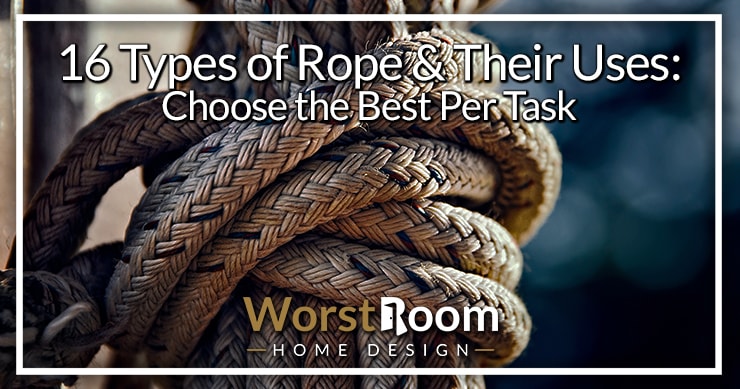
For centuries, various types of rope have been used by people across the world. In prehistoric times, ropes made of twisted vines were used as an essential tool for various purposes such as climbing, hunting, carrying, lifting, etc.
Later, in 4000 B.C., ancient Egyptians made ropes using grass, animal hair, leather, and water reeds. The Chinese began making ropes with hemp fibers.
Rope-making then spread to Asia and Europe. By the late 1700s, machines were used to make ropes and by the 1950s, ropes were manufactured using synthetic materials.
Over the years, many varieties of ropes have been produced that are well suited for specific jobs and each has its own strength and weakness.
While some types of ropes are suitable for particular jobs, some may be very versatile and have a wide range of uses; however, there is no option that fits all jobs and you need the right kinds of rope for a particular job.
16 Types of Rope
If you are completely confused about which rope types to use for which job, in this article, we'll discuss the different types of ropes and their uses from those that are readily available.
Natural Rope
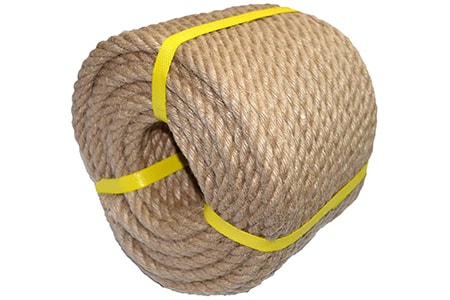
Natural rope is made from natural, environmentally-friendly products like hemp, cotton, sisal, silk, and other types of natural fibers.
Natural rope is quite strong; however, it may not be as strong as synthetic rope and can be damaged by water, UV rays, mold and mildew. If it gets wet, a natural rope can shrink and can be quite difficult to work with.
Natural rope is best if you want a good grip because it is more secure and does not slip easily when it's knotted. It's also a good option for packaging belongings or work objects.
Natural rope does not get damaged when exposed to high heat and will burn only when exposed to a flame. Since natural rope is made of natural materials, it's biodegradable and decomposes naturally and hence, it’s very easy to dispose of natural rope.
Synthetic Rope
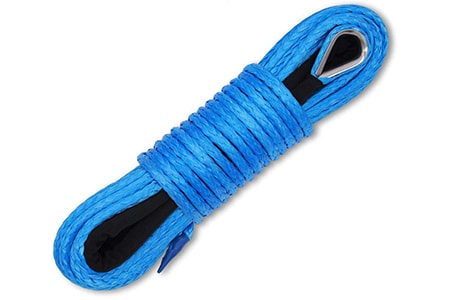
Typically, synthetic ropes are made of materials like polyester, nylon, and polypropylene. Synthetic ropes are quite popular because they are more durable and long-lasting compared to natural ropes.
The lifespan of synthetic ropes is around 30% longer compared to natural ropes. Also, synthetic ropes are less likely to get damaged when exposed to water, UV rays, mold, and mildew, making them perfect for outdoor use.
While synthetic kinds of rope does not shrink if they get wet; however, exposure to high heat can cause the rope to melt, which can lessen its strength, sometimes drastically so.
Nevertheless, synthetic ropes are more elastic and shock absorbent, which makes them perfect for applications like lifting and towing; however, knots tied in synthetic rope may not stay and can slip.
A major limitation of synthetic ropes is that their production can create hazardous by-products. Also, the synthetic materials are not reusable or renewable, which means that if you’re looking for a more environmentally friendly option, then it is better to choose natural rope.
Cotton Rope
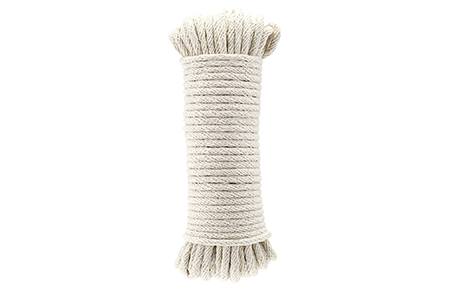
Extremely popular, cotton rope is used for crafts, children’s toys, pet toys, camping, and several other applications.
Popular for being environmentally friendly and biodegradable, cotton rope is not as durable as synthetic rope and is affected by water and humidity and can get damaged. However, in warmer climates, cotton ropes may be a good option and will not slip or stretch.
Cotton fibers are generally softer, which makes it soft on your hands. Also, cotton is quite lightweight, making it easy to carry the cotton rope around wherever you go conveniently.
However, if you use cotton ropes in damp or wet environments, the knots will tighten considerably, which may be practically impossible to open. Also, cotton ropes can develop mold and mildew—something you should keep in mind.
Manila Rope
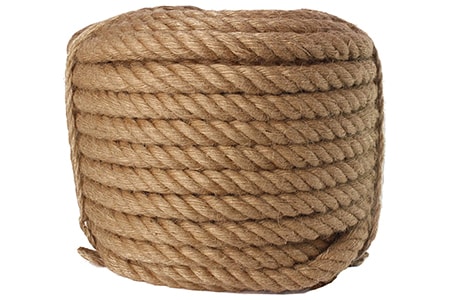
If you are on the lookout for a general-purpose rope that is strong and durable and can be used for external work such as landscaping, décor, farm work, exercise, or fishing nets, then the Manila rope, also called "hemp rope" is a great option.
However, this rope becomes damaged when it becomes wet and so may not be ideal for wet weather. Made from the fibers of the abacá plant, Manila rope is extremely flexible and quite gentle on your hands too.
However, if it gets wet, the Manila rope shrinks, which makes removing any knots that you have tied practically impossible. This problem can be solved by wetting the rope and drying it before you tie it.
Also, make sure to store the rope in a dry, protected area, which will prevent the rope from rotting or growing mold. For instance, if you have mushrooms growing in your basement or garage, it's far too moist of an environment to store your rope.
Nylon Rope
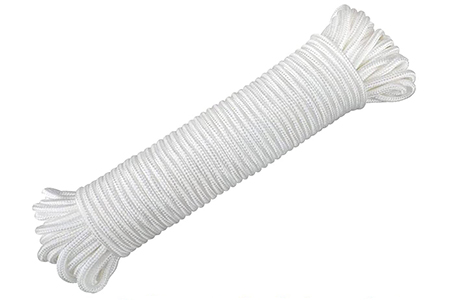
Not only is nylon rope very strong, but it can also stretch quite a bit when in use. Nylon rope is much stronger compared to Manila and polypropylene rope and is an excellent choice if you want to pull heavy loads.
Nylon rope has a smooth surface and is abrasion resistant, which makes it excellent to use with a pulley or a winch since rubbing is less of a problem.
Nylon rope is not only durable, but it is also UV resistant, which makes it long lasting even when used outdoors in the sun. However, nylon rope tends to absorb water and can be weakened by it, which can cause the rope to break if exposed to water.
Polyester Rope
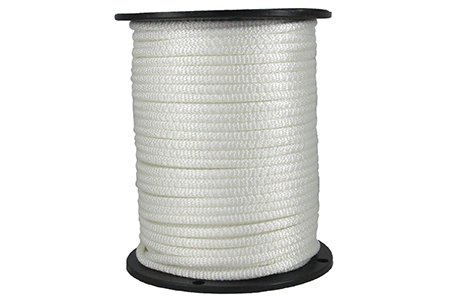
If you’re looking for one of the strongest and toughest rope types then a very popular choice is polyester rope, which is considered to be the best all-purpose rope that is great for several applications.
This rope is good for general purposes and can be used outdoors as it is water resistant and also resists sun damage without fading, rotting, or molding. Of the rope material types, you can't really go wrong here for most tasks.
The durability of the polyester rope makes it ideal for use in marine applications; however, extended use in water can cause discoloration. Polyester rope is resistant to chemicals and is stretch-free.
Polyethylene Rope
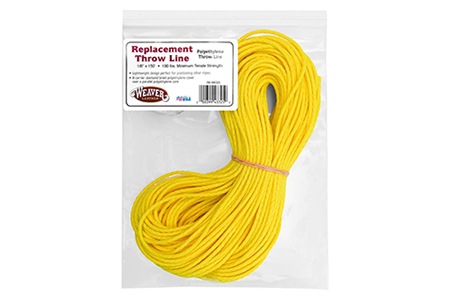
Here’s another synthetic fiber that is also used to make ropes for several outdoor applications. Like polyester, this is also a popular choice for marine activities like sailing and fishing. But polyethylene ropes are also used in camping and construction activities.
These types of rope are sold by the coil and they are good when they come into contact with water. Polyethylene ropes do not lose strength and retain their shape when wet.
They also do not absorb water and float in it. But it’s not just in water. These ropes are also resistant to UV rays. So they can also be used in the sun for hours at length.
They are abrasion resistant which is why they are used in camping and construction. And they are lightweight, have very good shock absorbance and are resistant to chemicals.
Polypropylene Rope
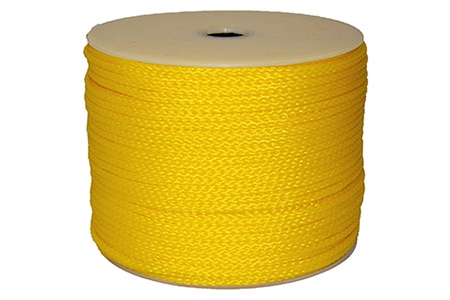
If you need a rope that is resistant to water damage, mold, mildew and rot, the best option is a polypropylene rope, like a staple spun rope for example.
The rope is available in several colors, which makes it a great option for outdoor use, especially for barriers or to designate safe areas in swimming pools, lakes, etc.
Polypropylene is lightweight and floats when put in water and is quite inexpensive too; however, the rope is prone to friction and stretches when using.
The best part about polypropylene rope is that it is dielectric, meaning it will not conduct electricity, which makes it perfect for use by electricians or tree workers working around electric wires.
Aramid Rope
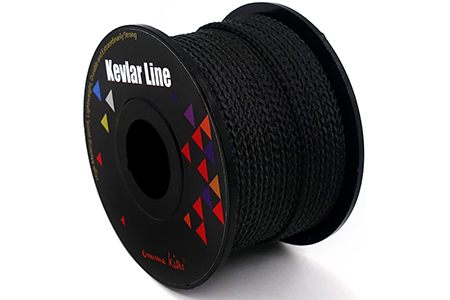
Kevlar rope is the most popular variety of aramid rope and is extremely strong and durable, which makes it ideal for several applications.
If you are on the lookout for a rope that does not move when tied and is extremely stable, then Kevlar rope is an excellent choice.
Kevlar rope is resistant to chemicals, water, freezing, flame, cutting, stretching and UV rays, which means that it is perfect for outdoor, as well as indoor use.
Single Braid Rope
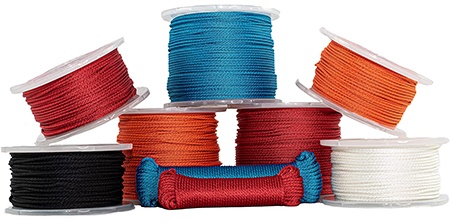
Also known as solid braid, a single braid rope is a durable option that can handle heavy weight and pressure, especially if you are using it with pulleys and blocks.
These ropes are created by braiding the strands instead of twisting them together. You can select from 8-strand, 12-strand or 8-plait rope.
Single braid ropes additionally have a lock-stitch construction, which ensures that the rope is very durable and will not fray easily.
Plaited Rope
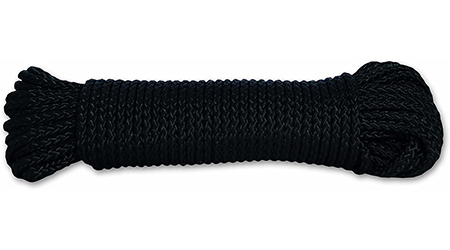
A plaited rope typically has 4 strands that are intertwined and woven with one another and it wraps around the rope’s core. Usually called the square braid, plaited rope is coarser to touch and is not as round as the twisted rope.
Plaited types of rope are quite flexible because they don't kink easily and so it's very easy to knot and handle.
The only drawback is that because the fibers are wrapped around the core, they are exposed and can get damaged easily. However, plaited ropes are quite durable.
Twisted Rope
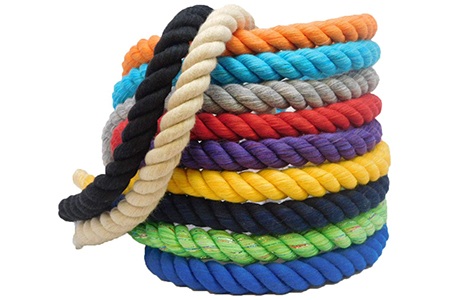
Also called the laid rope, you can splice the twisted rope very easily and it is commonly used for tow and dock lines. Twisted rope is made by coiling the 3 strands together in the same direction. The fibers in the 3 individual strands must be twisted in opposite directions.
This will ensure that the rope will hold together properly. Twisted rope is quite inexpensive and has more stretch compared to braided rope.
However, it is stiffer and not as flexible as braided rope and can get kinked if not handled carefully.
Double Braid Rope
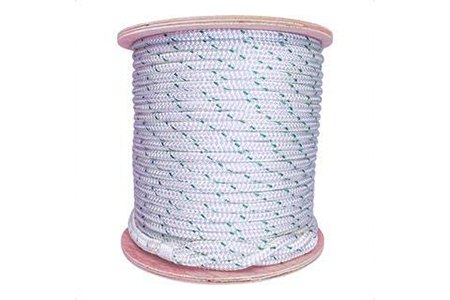
If you are looking for a strong, as well as durable rope, then a double braid rope is a good option. The double braid rope has a braided core that provides stability and is wrapped around with a braided rope, providing it extra strength.
This makes the rope resistant to abrasion and can hold its shape well. It has little stretch and does not kink easily. Double braid rope is great for marine use, but may not be a good option for manufacturing purposes.
Hollow Rope
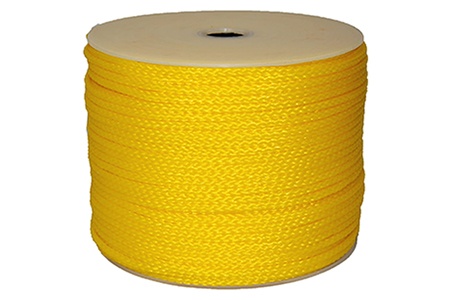
Hollow ropes have a hollow center, which allows it to be spliced easily. This makes the rope great for ski tows and anchor lines.
Hollow ropes are lighter and easier to handle and they are resistant to any water damage, especially if you are opting for a synthetic rope.
Diamond Braid Rope
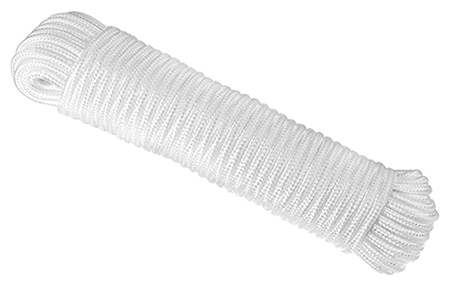
Diamond braid ropes are extremely strong and durable because they are made by binding rope tightly around an inner fiber core.
Since the rope is woven very tightly, the rope that you get is round and firm and can withstand stress without breaking or getting damaged.
Diamond braided rope is typically more expensive compared to other rope options because of its durable construction and ability to withstand stress.
The biggest advantage of diamond braid ropes is that it can be spliced easily, which makes it very easy to work with.
Jute Rope
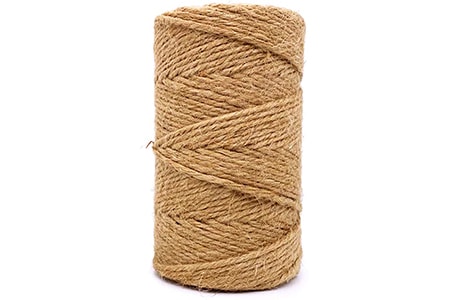
Jute ropes are typically used for gardening, bundling, and tying loose items together. But they also have a role to play in the making of decorative items and handicrafts because it's a softer material.
Jute ropes are also more flexible than some other materials but they are also less durable in comparison.
Naturally, jute ropes are sandy brown but if you want them in a different color, you can do so by using fabric dye. This is a naturally biodegradable fiber which makes it a good choice for short-term projects that might just end up in the trash. Jute is not very resistant to abrasions.
Its water resistance is also not great and it must be stored in a cool and dry place or it might shrink.
But it is an excellent choice to make knots. It is very light and is coarse in the beginning but gets softer over time. Of the different kinds of rope, this is the kind you're likely to have within the house for very small tasks.
Types of Ropes for Every Purpose
Now that you have a good understanding of the different types of ropes available, you can choose the right one that will work well for your job.
Each of these ropes is made with a specific intention in mind. Their flexibility, durability and affordability are all determined by these efforts not to mention the amount of load they can individually take.
The materials that are used to construct a rope also determine when and where they can be used. By now, you know that some synthetic ropes have been made such that they can be used in wet and dry places.
They can also take a lot of load and can be used in hot and humid situations. But a lot of them are not biodegradable which can be an issue. These are just a few factors to keep in mind while picking from the types of rope available.



